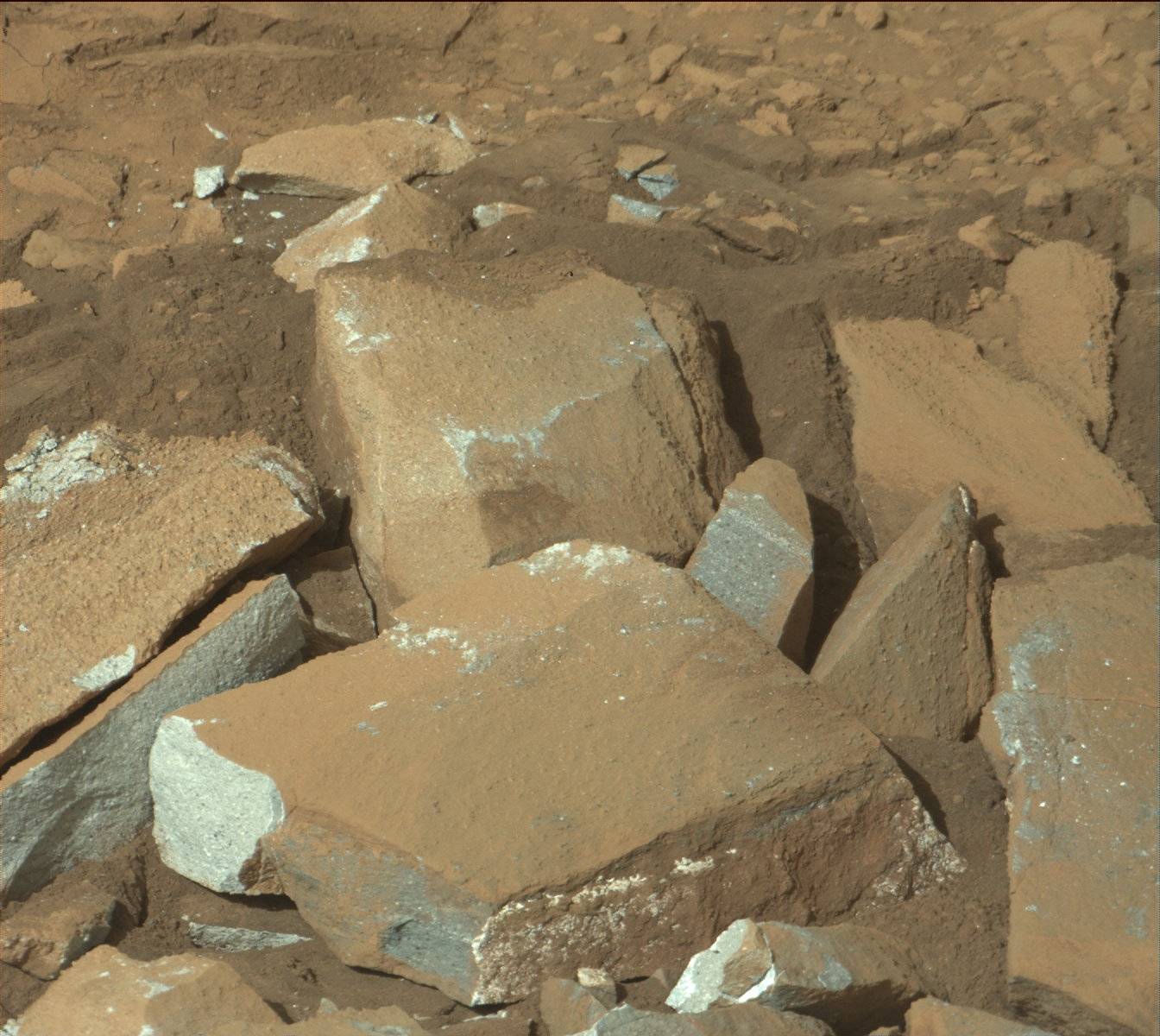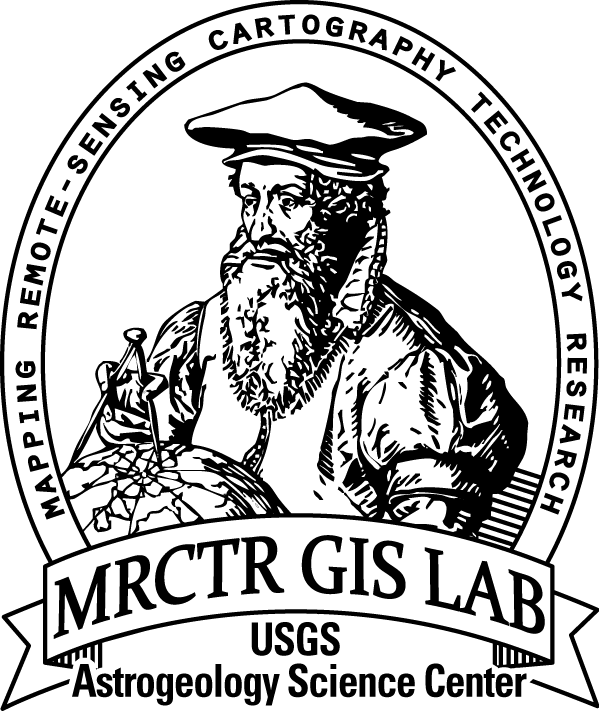Sols 1341-1343: A change of plans
13 May 2016The MSL team was originally planning a long drive this weekend, but there was enough interest in the fresh rock surfaces exposed near the
rover
that we decided to investigate them instead. Before we could decide
whether to "bump" to the rocks that were broken when the rover drove
over them, we had to make sure they could be well imaged by MAHLI.
Taking MAHLI images of nearly vertical faces is difficult, because the
turret at the end of the arm must be placed close to the ground. While
the Strategic Rover Planner worked to find ways to get MAHLI close to
the fresh surfaces, we planned pre-drive remote sensing and arm
activities: On Sol 1341, ChemCam will observe its calibration target, a
bedrock target named "Kobos 3," and the wall of the Okoruso drill
hole. Mastcam will then provide context for the ChemCam observations
and take stereo mosaics of "Naob" and other bedrock near the rover.
Later that afternoon, the DRT will be used to brush dust off a brighter
layer in the bedrock, with MAHLI images taken before and after the
brushing. We also planned close-up MAHLI images on a nearby bedrock
target dubbed "Rooilepel" and a lower-resolution MAHLI mosaic of the
area including Mariquita. All of this MAHLI work made for a very busy
day for me as MAHLI uplink lead!
Dates of planned rover activities described in these reports are subject to change due to a variety of factors related to the Martian environment, communication relays and rover status.











